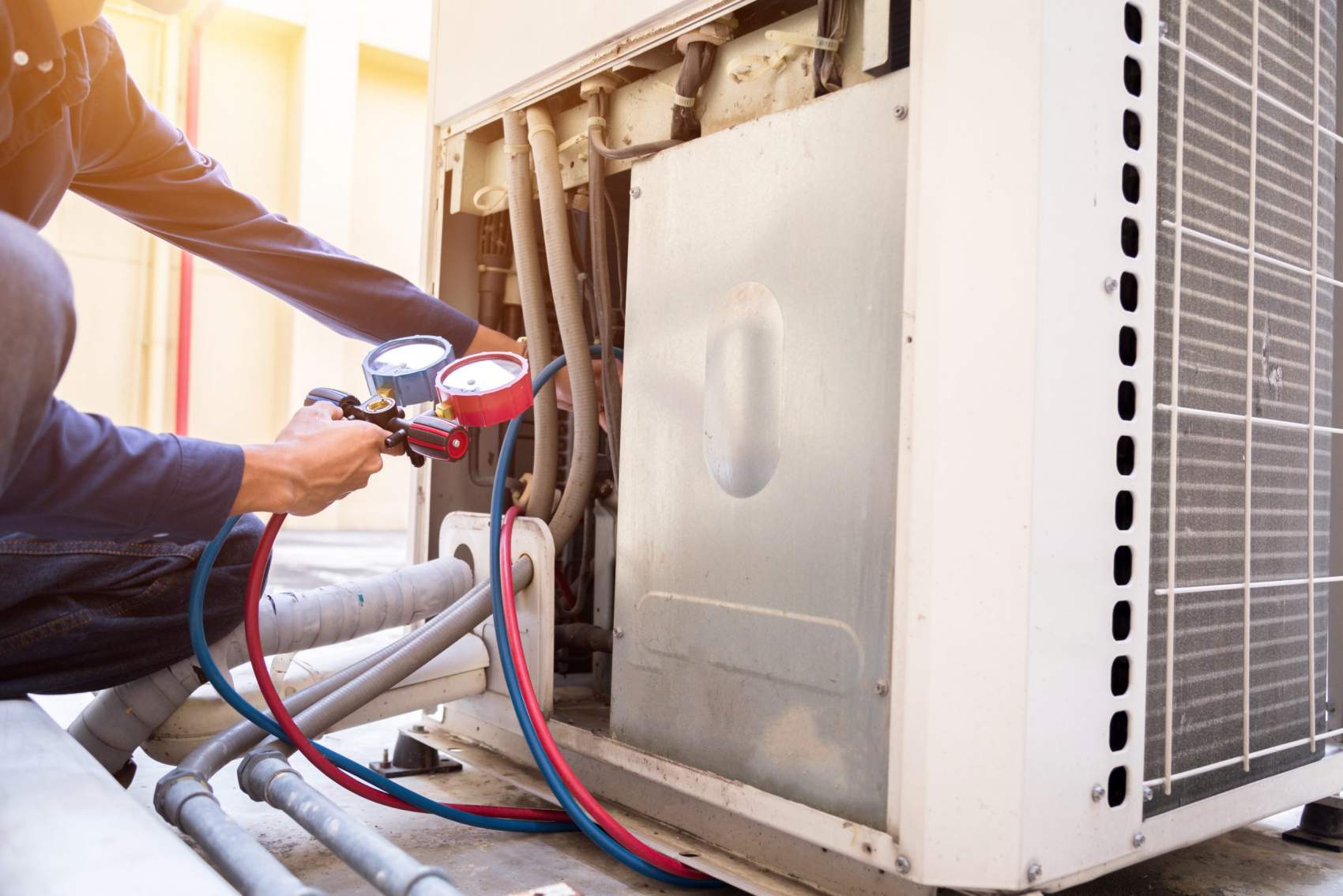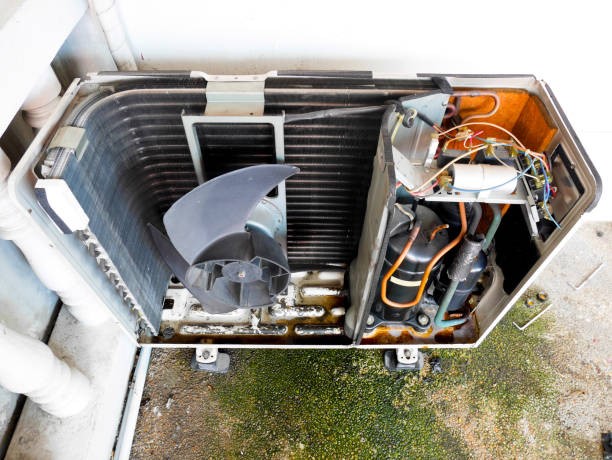Indoor air quality is a crucial aspect of a healthy home. Pollutants such as dust, mold, volatile organic compounds (VOCs), and allergens can significantly impact your health and comfort. Testing the air quality in your home helps you identify these pollutants and take steps to improve the air you breathe. In this blog, we’ll explore various methods to test your home’s air quality and provide tips for maintaining a clean and healthy indoor environment.
Why Testing Indoor Air Quality Matters
Testing your home’s air quality is essential for several reasons:
- Health: Poor air quality can lead to respiratory issues, allergies, and other health problems.
- Comfort: Clean air enhances overall comfort and well-being.
- Prevention: Identifying pollutants early helps prevent long-term damage to your home and health.
Methods to Test Air Quality in Your Home
- DIY Air Quality Test Kits
DIY air quality test kits are a convenient and cost-effective way to check for common pollutants. These kits typically test for:
- Dust and Particulates: Use a dust collector or particle counter.
- Mold: Use mold test kits with petri dishes and swabs.
- VOCs: Use chemical test strips or electronic VOC detectors.
Steps:
- Follow the instructions provided with the kit.
- Collect air samples or swabs from different areas of your home.
- Send the samples to a lab if required, or analyze them using the kit’s tools.
- Professional Air Quality Testing
For a more comprehensive analysis, consider hiring a professional air quality testing service. Professionals use advanced equipment to measure various pollutants, including:
- Carbon Monoxide (CO): Detects the presence of this odorless, toxic gas.
- Radon: Measures radon levels, which can be harmful at high concentrations.
- Formaldehyde: Detects this common indoor pollutant found in building materials and furnishings.
- Allergens: Identifies common allergens like pollen, pet dander, and dust mites.
Steps:
- Schedule an appointment with a professional testing service.
- The technician will collect air samples and use specialized equipment to measure pollutant levels.
- You will receive a detailed report with findings and recommendations for improving air quality.
- Air Quality Monitors
Air quality monitors are devices that continuously measure indoor air quality. They can detect pollutants such as:
- PM2.5 and PM10: Measures particulate matter in the air.
- CO2: Monitors carbon dioxide levels.
- VOC Levels: Tracks volatile organic compounds.
Steps:
- Purchase an air quality monitor suitable for your needs.
- Place the monitor in frequently used areas of your home.
- Regularly check the monitor’s readings and alerts.
Tips to Improve Indoor Air Quality
Once you’ve tested your home’s air quality, take the following steps to improve it:
- Ventilation
- Open Windows: Regularly open windows to allow fresh air in.
- Exhaust Fans: Use exhaust fans in kitchens and bathrooms to remove pollutants.
- Air Purifiers: Use air purifiers with HEPA filters to reduce dust and allergens.
- Regular Cleaning
- Vacuum: Use a vacuum with a HEPA filter to reduce dust and allergens.
- Dusting: Regularly dust surfaces and furniture.
- Humidity Control: Use dehumidifiers to control moisture and prevent mold growth.
- Avoid Chemical Pollutants
- Natural Cleaning Products: Use natural or non-toxic cleaning products.
- No Smoking: Prohibit smoking indoors.
- Low-VOC Products: Choose low-VOC paints, finishes, and furnishings.
Testing the air quality in your home is an essential step toward ensuring a healthier living environment. Whether you opt for DIY test kits, professional testing services, or air quality monitors, understanding the pollutants in your home can help you take effective measures to improve indoor air quality. By following the tips provided, you can create a cleaner, safer, and more comfortable home for you and your family.


